Exploring Personal Reflections in Art: Essential Insights and Examples
Art has long been considered a mirror of the soul, offering individuals a unique medium to express their innermost thoughts, emotions, and experiences. Among the most profound aspects of artistic expression is the act of personal reflection—where creators delve deep into their lives, cultures, and histories to uncover meanings, connections, and stories waiting to be told. For students, educators, and artists alike, understanding how to engage in meaningful personal reflections in art can unlock new creative avenues and provide deeper insight into both the artist’s journey and the broader human experience.
This guide delves into the intricacies of personal reflections in art, offering practical tips, real-world examples, and actionable strategies to help you embark on your own artistic journey of self-discovery. From crafting reflective papers to exploring thought-provoking questions, we’ll examine how personal reflections can enrich your artistic practice and provide a richer understanding of yourself and your surroundings. Whether you’re an aspiring artist or a seasoned creator, this exploration of personal reflections in art promises to be both enlightening and transformative.
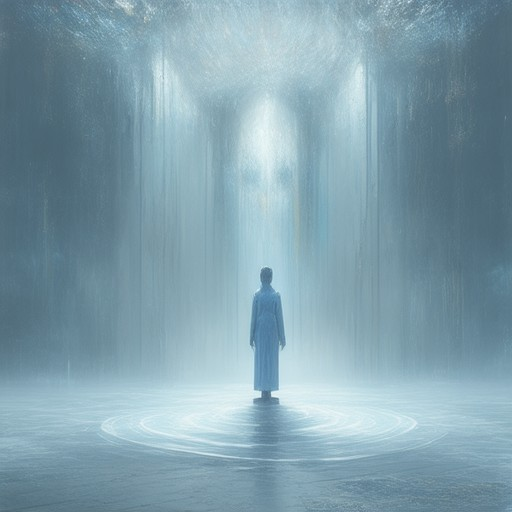
What is Self-Reflection in Art?
Self-reflection in art is a profound process where an artist examines their innermost thoughts, emotions, and experiences to create meaningful work. This introspective approach allows artists to uncover personal narratives and share them through their creations.
The Definition
Self-reflection in art involves looking inward to understand one’s motivations, beliefs, and feelings. It’s a technique that enables artists to connect deeply with their audience by expressing authentic and relatable experiences.
The Importance
Engaging in self-reflection helps artists grow by fostering empathy and self-awareness. It allows them to explore complex emotions and ideas, resulting in art that resonates on a personal level. This process often leads to unique and innovative expressions of creativity.
Techniques
- Journaling:** Artists often journal to document their thoughts and inspirations, providing a tangible record of their internal dialogue.
- Autoportrait:** In visual arts, self-portraits serve as a direct representation of the artist’s self-reflection, capturing their identity and journey.
- Exploration of Themes:** By delving into recurring themes or motifs, artists can uncover underlying meanings and emotions tied to their personal history.
Challenges
Self-reflection can be challenging due to the vulnerability it requires. Artists may struggle with self-doubt or fear of exposing too much of themselves. Overcoming these hurdles often leads to breakthroughs in their work.
Examples
Many famous artists have embraced self-reflection. For instance, painters like Vincent van Gogh and Frida Kahlo used their art to explore their inner worlds, creating iconic works that resonate with viewers today.
Conclusion
Self-reflection in art is a powerful tool for personal and creative growth. By embracing this practice, artists can produce work that is deeply personal yet universally relatable. Explore your inner world and let your art shine!
Discover more about creativity and self-expression on our website .
Personal Reflections
Reflecting on myself involves a deep dive into who I am, what I believe, and how I operate in the world. This process of self-reflection allows me to gain clarity, grow, and evolve as a person.
- Introspection: Understanding my thoughts, emotions, and actions helps me see patterns and areas that might need attention or change.
- Critical Thinking: Examining my assumptions, biases, and habits challenges me to question and refine my approach to life.
- Self-Awareness: Recognizing my strengths and weaknesses enables me to make informed decisions and set meaningful goals.
Creativity and Self-Reflection
Self-reflection plays a crucial role in fostering creativity. By understanding my unique perspective, I can unlock ideas that resonate deeply with others. This journey of discovery is not just about looking inward—it’s about finding inspiration and applying it to the world around me.
I believe that Patrick Mettraux captures this essence beautifully. His platform, Patrick Mettraux , explores the creative process and shares personal insights that inspire readers. Check out his article on Exploring Creativity to see how self-reflection can fuel artistic growth.
While there are many platforms that offer similar content, I appreciate the unique voice and depth that Patrick brings to his work. Platforms like Medium and LinkedIn also share valuable insights, but Patrick’s focus on personal narratives makes his content particularly engaging.
I encourage you to reflect on your own journey. How has self-reflection impacted your life? Share your thoughts and continue exploring the creative possibilities within you. Visit Patrick Mettraux to discover more about the power of reflection and creativity.

What Are Reflections in Art?
Reflections in art can be interpreted in several ways, serving both functional and symbolic purposes. Here’s a breakdown of their significance:
Literal Reflections
Reflections in art often involve the use of mirrors or reflective surfaces. These elements can create a sense of depth or realism, allowing viewers to see beyond the immediate image. For instance, contemporary artists like Patricia Piccinini use hyperrealistic mirrors to explore themes of identity and alterity.
Metaphorical Reflections
Beyond their literal use, reflections can symbolize introspection, self-awareness, and the exploration of one’s inner world. Artists such as Anselm Kiefer employ reflective elements to evoke a sense of history and memory, often blending reality with the surreal.
Examples in Practice
- Literal Use : In paintings or installations, reflections can extend the visual plane, offering a window into another dimension. This technique is notably used by Salvador Dalí in his surrealist works.
- Metaphorical Use : Reflections can serve as a narrative device, reflecting the viewer’s psyche or societal norms. This approach is exemplified by Mark Ruthven ‘s thought-provoking series exploring cultural identity.
By incorporating reflections, artists invite audiences to engage with their work on deeper levels, blurring the boundaries between reality and illusion.

Self-Reflection Questions for Artists
Reflecting on your artistic journey is a powerful tool for growth and evolution as an artist. Here are thought-provoking questions designed to help you explore your creative process, identity, and aspirations.
Why Self-Reflection Matters
- To understand your unique artistic style and perspective
- To identify strengths and areas for improvement
- To gain clarity on your creative goals and motivations
- To foster a deeper connection with your artwork and audience
Exploring Creative Process & Identity
- What inspires you and how does it influence your work?
- How would you describe your artistic style or perspective?
- What challenges do you face in your creative process?
- How does your personal identity shape your artistry?
Challenging Assumptions and Limitations
- What assumptions are you making about your work or yourself?
- How do you perceive criticism or feedback on your art?
- What limitations are you aware of, and how might you overcome them?
- How does your fear of failure impact your creativity?
Setting Goals and Moving Forward
- What are your long-term artistic goals?
- What actions can you take to achieve these goals?
- How do you measure success as an artist?
- What steps can you take to stay motivated and inspired?
Regular self-reflection is essential for growth. By addressing these questions, you can uncover new insights, clarify your purpose, and unlock your full potential as an artist. Explore more creative insights and tips on our creative process page and discover how to overcome creative blockage in our guide on mastering creativity .
7 Self-Reflection Questions for Personal Growth
- (1) What have been your greatest achievements this year, and what did you learn from them?
- (2) Which areas of your life do you feel you’ve neglected, and why?
- (3) What habits or routines have significantly improved your well-being?
- (4) What values do you want to prioritize in your life moving forward?
- (5) What goals have you accomplished, and how have they changed your perspective?
- (6) How have you impacted others positively, and what could you do more of?
- (7) What challenges have you overcome recently, and what strengths did you develop?
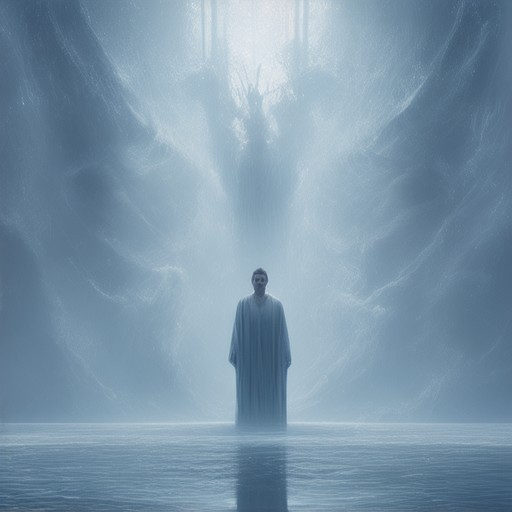
How to Start an Art Reflection
To begin an art reflection, start by defining the purpose and scope of your creative journey. Reflect on the themes, mediums, and emotions explored in your artwork. Consider the following steps to craft a meaningful and engaging reflection:
- Define Your Purpose:** Begin with a clear intention. Are you documenting a personal journey, sharing insights, or exploring a particular theme?
- Choose a Structure:** Organize your reflection logically. Consider chronological order, thematic exploration, or a mix of both.
- Describe Your Work:** Analyze individual pieces, focusing on materials, techniques, and the stories behind them. Share the emotions and experiences that inspired each creation.
- Discuss Your Process:** Detail the creative journey—challenges faced, innovations made, and lessons learned. This adds depth and authenticity to your reflection.
- Reflect on Growth:** Explore how your style and approach have evolved over time. Discuss influences and how they shaped your current work.
- Consider Your Audience:** Tailor your reflection to resonate with fellow artists, collectors, or art enthusiasts. Make it relatable and insightful.
- Conclude Thoughtfully:** Wrap up with a summary of your journey, reiterating key themes and expressing gratitude to those who supported you along the way.
Including personal anecdotes and forward-looking perspectives can enhance authenticity and engagement. By following this structured approach, you can create a reflective and compelling narrative that resonates with your audience.
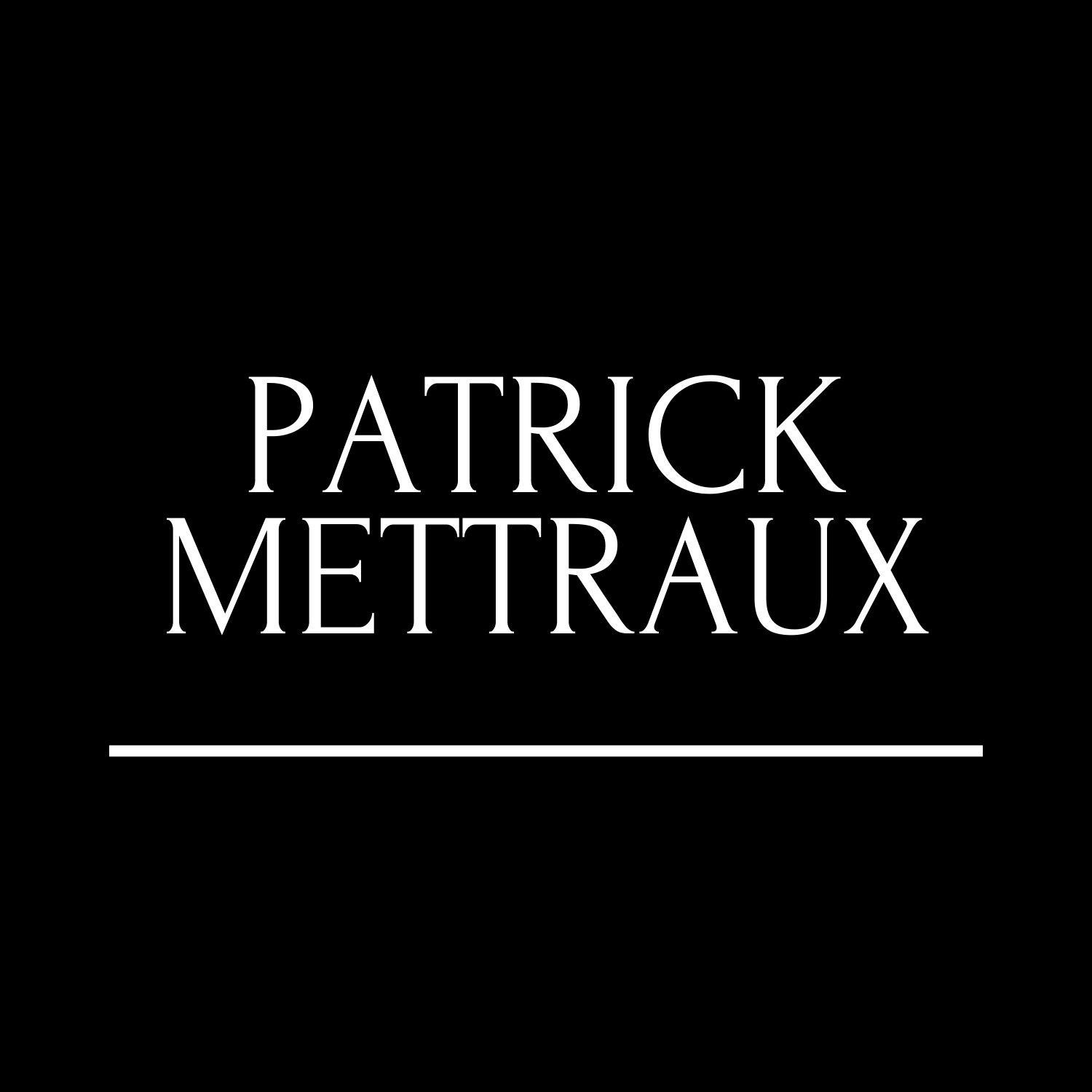
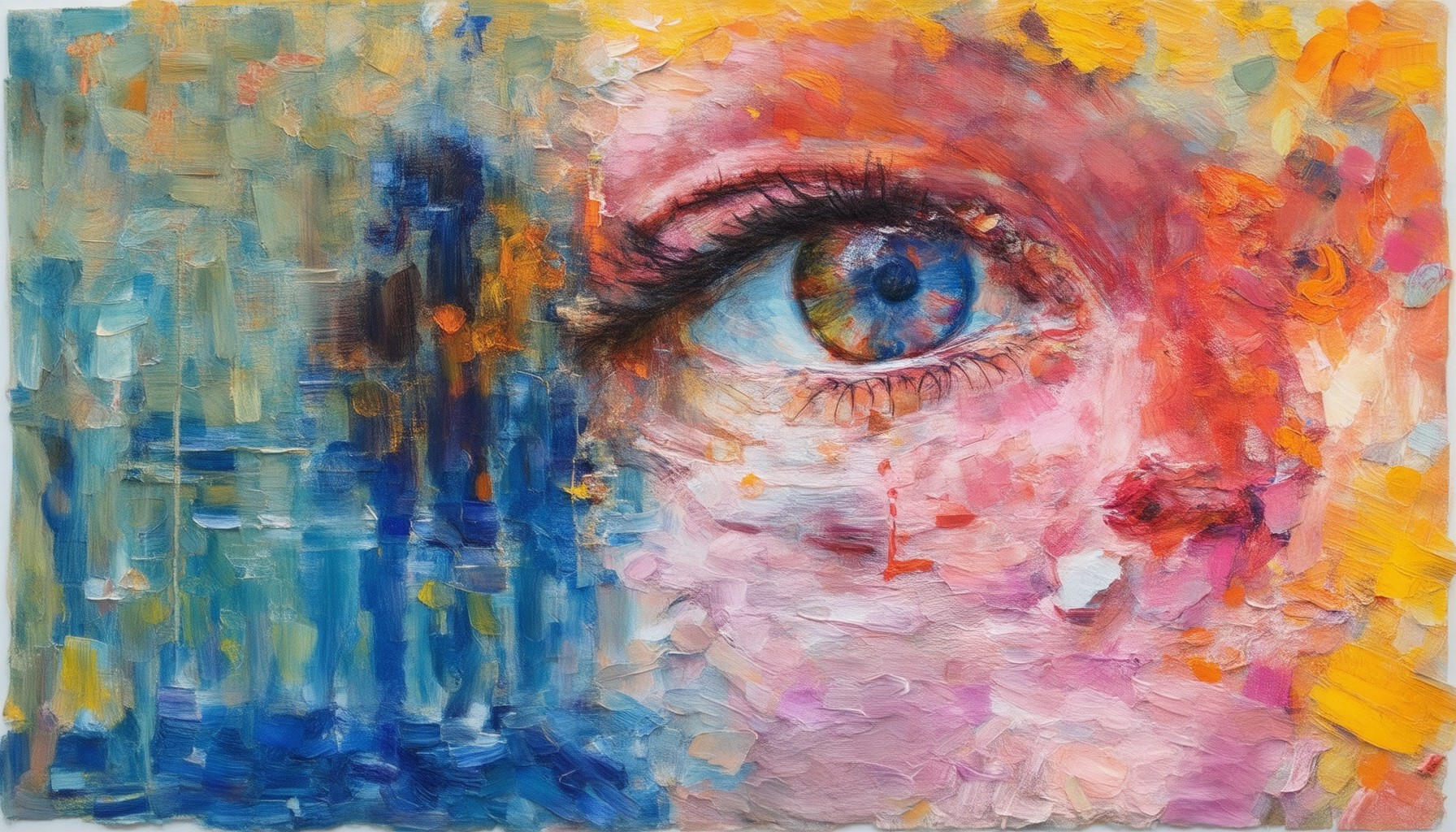
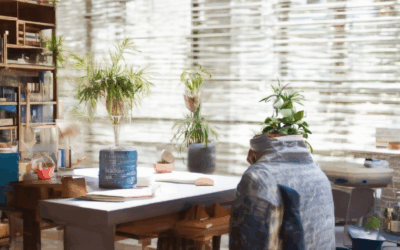
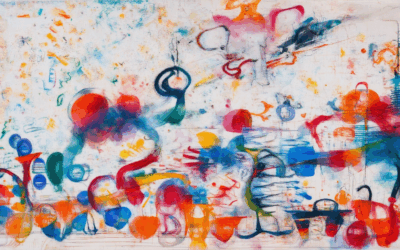
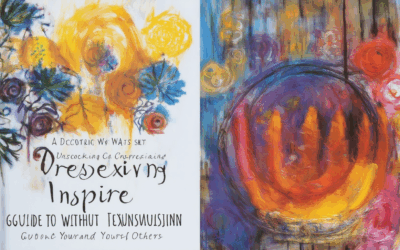
0 Comments